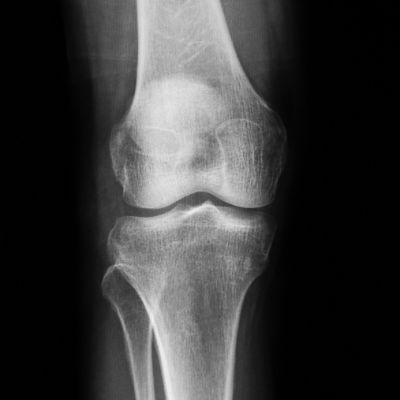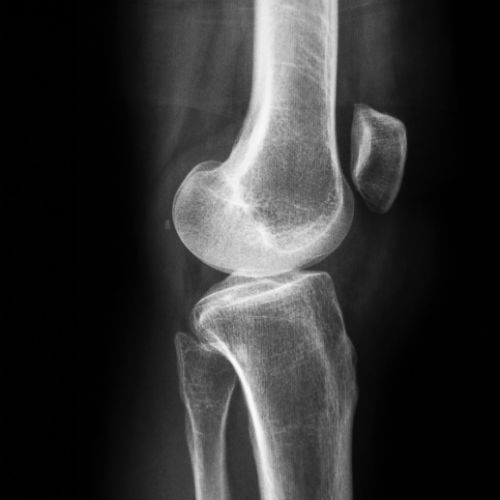Published 2007
A Poem
The history, having told you what you needed
To know of symptoms, you have then proceeded
To look and feel and move the painful knee
To postulate the main pathology.
But now your diagnostic postulations
Require the help of more investigations.
Foremost in these modern special tests
Are some essential imaging requests.

With radiographic pictures and C.T.
The bones are clearly shown, and you can see
The length, alignment and, to some extent,
You can judge the mineral content.
Alignment of the bones whilst bearing weight
Is better judged while the knees are not quite straight.
Fifteen degrees, or more, of flexion now
Accentuates the wear and tear somehow.
When bone-on-bone is what you want to capture
the "Rosenberg’s view” will send you into rapture.

In the lateral it is most important too
That both the condyles must be shown with true
Superimposition - one upon the other -
(Otherwise you need not even bother.)
The lateral and PA views erect,
Whilst good, are yet not able to project
The better details of patellar tracking.
As for these you need the further backing
Of skyline views in some degrees of flexion
To document the tracking to perfection.
To measure trochlear depth you must be sure
To obey the rules of Henri Dejour.
The trochlea seen in truly lateral view
Shows one profile, but an extra shadow too.
This shadow is the bottom of the "V"
Which quite clearly in the skyline views you see.
The depth of this most important groove
Determines how the kneecap's going to move,
And whether or not it has the capability
To develop patellofemoral instability.
Whilst thinking now of X-rays or C.T
The latter has advantages you’ll see
In considering the planning for correction
Of length and alignment to perfection.
